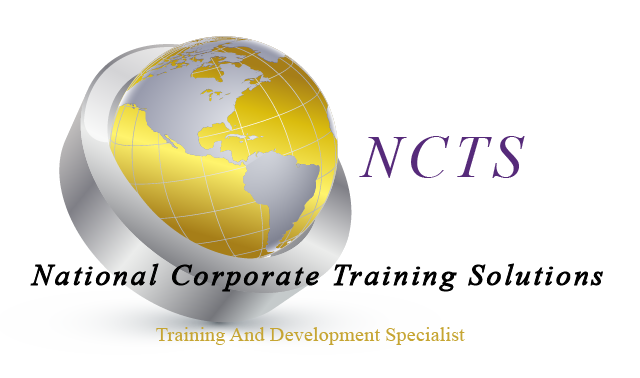Conducting Employee Performance Evaluation Outline
Course Description:
An annual review can help you keep your employees happy, engaged, and focused. It is human nature to want to succeed. Giving your employees feedback on their positive and negative attributes is part of the pathway to success. A poorly designed annual review can have the reverse effect. With our Conducting Employee Performance Evaluation workshop, your participants will discover how to conduct a well-designed employee review. By determining the categories for an annual review and understanding how it affects employee compensation, an overall increase in performance should be seen throughout your organization.
Course Duration: 1 Day (8 Hours)
Course Objectives:
· Understand the process of conducting an annual review.
· Determine the categories for an annual review.
· Know the mistakes managers make during an annual review.
· Understand the concept of pay for performance.
· Know how to tie employee compensation to firm-wide returns.
· Know the value of employee communication.
· Gauge employees’ happiness.
Course Outline:
1. Module One: Getting Started
a. Workshop Objectives
2. Module Two: How to Conduct Annual Reviews
a. Develop the Process
b. Set Benchmarks Early
c. Agreement with Set Benchmarks
d. Hold an Effective Meeting
e. Case Study
f. Module Two: Review Questions
3. Module Three: Categories for Annual Review I
a. Company Mission and Values
b. Customer Service and Quality Control
c. Problem - Solving/Judgment
d. Production
e. Case Study
f. Module Three: Review Questions
4. Module Four: Categories for Annual Review II
a. Work Style
b. Resource Management
c. Communications Skills
d. Teamwork
e. Case Study
f. Module Four: Review Questions
5. Module Five: Common Mistakes Managers Make when Conducting Employee Reviews I
a. Contrast Effect
b. Similar-to-me Effect
c. Halo (or horn) Effect
d. Central Tendency
e. Case Study
f. Module Five: Review Questions
6. Module Six: Common Mistakes Managers Make when Conducting Employee Reviews II
a. Leniency/Desire to Please
b. First Impression Bias
c. Rater Bias
d. Recency Effect
e. Case Study
f. Module Six: Review Questions
7. Module Seven: Successful Tips for Concept of Pay for Performance
a. No Surprises
b. Focus on the Basics
c. Show Clear Disparity
d. One for All and All for One
e. Case Study
f. Module Seven: Review Questions
8. Module Eight: How to Tie Employee Compensation to Firm-Wide Returns
a. Set Quarterly Revenue Target
b. Set Employee Goal
c. Conduct Quarterly Reviews
d. Pay Out Quarterly
e. Case Study
f. Module Eight: Review Questions
9. Module Nine: How to Communicate Employee Expectations Effectively
a. Have Regular Conversations
b. State What’s Working
c. Be Honest
d. Provide Mentoring
e. Case Study
f. Module Nine: Review Questions
10. Module Ten: Meaningful Questions to Gauge Employee Happiness I
a. Ask Questions Frequently
b. How Transparent is Management?
c. Rate Quality of Facility?
d. Contributing Factors to Work Easier?
e. Case Study
f. Module Ten: Review Questions
11. Module Eleven: Meaningful Questions to Gauge Employee Happiness II
a. What makes you Productive?
b. Recognition?
c. Opportunities to Grow and Advance?
d. Confidence in Leadership?
e. Case Study
f. Module Eleven: Review Questions
12. Module Twelve: Wrapping Up
a. Words from the Wise
NCTS courses are customizable by content, length of course and format delivery.

